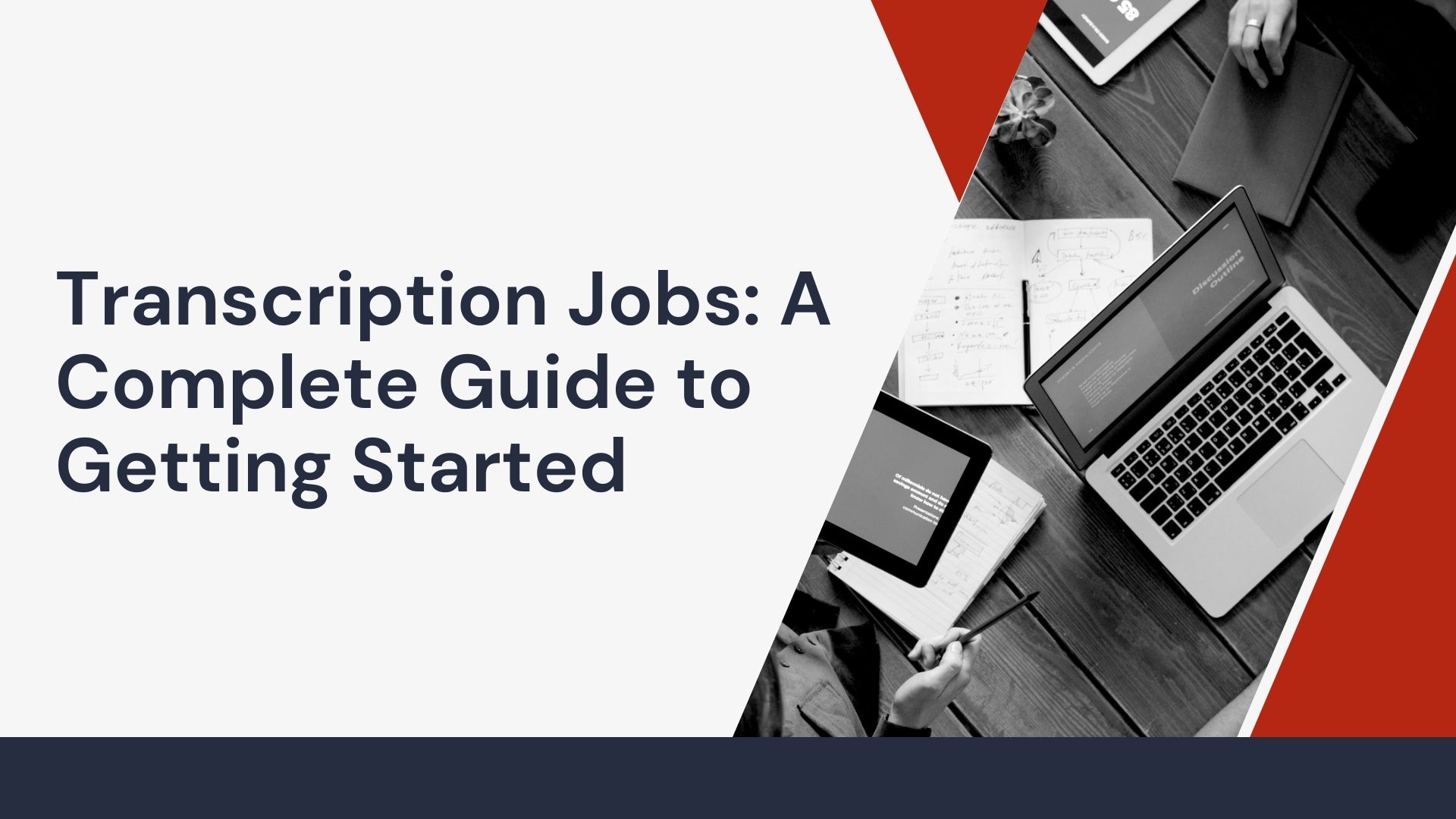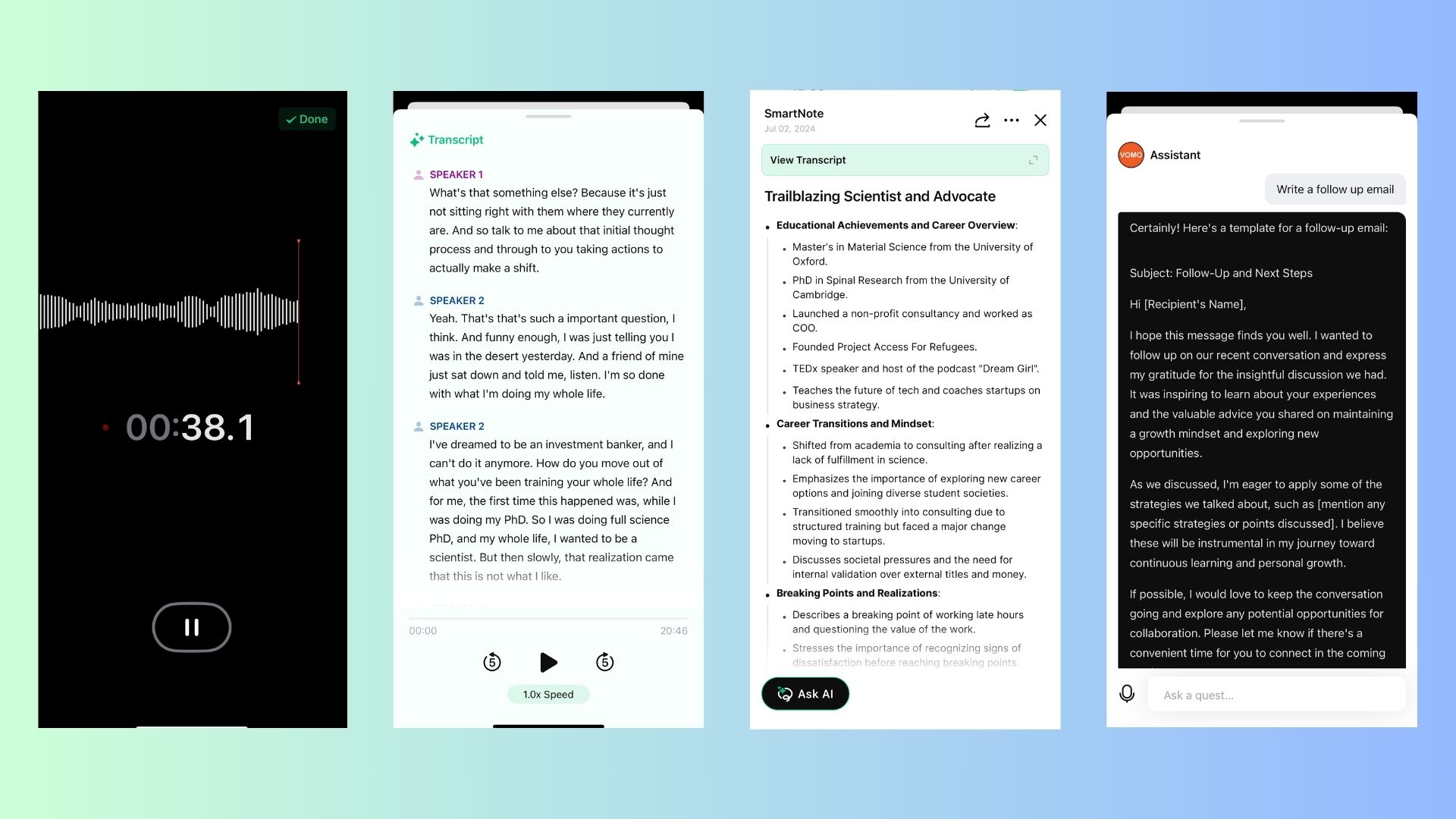Transcription jobs have become an attractive career option for those looking for remote work, flexible hours, and a steady income. Whether you’re considering transcription as a side hustle or a full-time profession, this guide will help you understand what transcription jobs involve, the skills you need, and how to get started.
What Are Transcription Jobs?
Transcription jobs involve converting audio or video recordings into written text. Transcriptionists listen to recordings and type out the spoken words, ensuring accuracy and proper formatting. These jobs are commonly used in industries such as:
• Legal transcription (court hearings, depositions)
• Medical transcription (doctor’s notes, patient reports)
• General transcription (podcasts, interviews, meetings)
• Media transcription (TV shows, movies, news reports)
Types of Transcription Jobs
Before you dive into transcription work, it’s important to understand the different types of jobs available.
1. General Transcription
General transcription involves transcribing a variety of non-specialized content such as interviews, podcasts, business meetings, and speeches. This is a great starting point for beginners as it requires minimal specialized knowledge.
2. Legal Transcription
Legal transcription involves transcribing court proceedings, depositions, and attorney-client meetings. This type of transcription requires familiarity with legal terminology and may require certification.
3. Medical Transcription
Medical transcriptionists transcribe doctor’s notes, patient reports, and other medical records. A strong understanding of medical terminology and HIPAA regulations is essential, and certification is often required.
4. Real-Time Transcription (Captioning)
This involves live transcription of events, TV broadcasts, and online meetings. Real-time transcriptionists need fast typing speeds and excellent listening skills to keep up with live speech.
Skills Required for Transcription Jobs
To succeed as a transcriptionist, you need:
• Fast and accurate typing (60+ words per minute is ideal)
• Excellent listening skills to capture spoken words clearly
• Strong grammar and punctuation to produce polished transcripts
• Attention to detail to ensure accuracy
• Familiarity with transcription software (Express Scribe, Otter.ai, VOMO AI)
• Time management skills for meeting deadlines
How to Get Started in Transcription
Step 1: Improve Your Typing Speed and Accuracy
Since transcription jobs require fast typing, it’s important to practice regularly. Use tools like Typing.com or Keybr.com to improve your speed and accuracy.
Step 2: Learn Transcription Guidelines
Many companies follow specific formatting guidelines for transcripts. Platforms like TranscribeMe and Rev provide style guides that can help you understand the industry standards.
Step 3: Use the Right Tools
Investing in transcription tools can increase your efficiency:
• Foot pedals – Allows hands-free control of audio playback
• Noise-canceling headphones – Improves clarity when listening to recordings
• Transcription software – Tools like VOMO AI, Otter.ai, and Express Scribe help automate and speed up the transcription process
Step 4: Take a Transcription Course
If you’re new to transcription, consider taking an online course to build your skills. Websites like Udemy, Coursera, and Transcribe Anywhere offer transcription training programs.
Step 5: Apply for Transcription Jobs
Once you’re confident in your skills, start applying for jobs. Here are some popular platforms for transcription work:
• Rev – General transcription jobs with flexible hours
• TranscribeMe – Beginner-friendly, short audio clips
• GoTranscript – Work-at-your-own-pace transcription jobs
• Scribie – Small audio files, good for beginners
• VOMO AI – AI-powered transcription for professionals
How Much Can You Earn as a Transcriptionist?
Earnings vary depending on experience, speed, and job type. Here’s an estimated breakdown:
• Beginner transcriptionists: $10–$15 per hour
• Experienced transcriptionists: $20–$30 per hour
• Specialized transcriptionists (legal/medical): $30–$50 per hour
• Real-time transcriptionists: $50+ per hour
Some transcription platforms pay per audio minute instead of hourly rates, meaning efficiency is key to earning more.
Challenges of Transcription Jobs
While transcription jobs offer flexibility, there are some challenges:
• Difficult audio quality – Background noise, low volume, and accents can make transcription tricky.
• Tight deadlines – Many jobs require fast turnaround times.
• Repetitive work – Listening to audio and typing for long hours can be exhausting.
How VOMO AI Can Help with Transcription Work
If you’re looking for a way to speed up your transcription process, VOMO AI can be a game-changer. VOMO AI helps transcriptionists by:
• Automatically converting audio and video into text
• Identifying different speakers for better clarity
• Supporting over 50 languages for multilingual transcription
• Generating smart summaries to save time on editing
• Integrating with YouTube, voice memos, and recorded meetings
With VOMO AI, you can transcribe files faster and focus on proofreading instead of manually typing every word. Whether you’re a beginner or an experienced transcriptionist, AI-powered tools can make your work easier and more efficient.
If you’re ready to take your transcription efficiency to the next level, try VOMO AI today!



